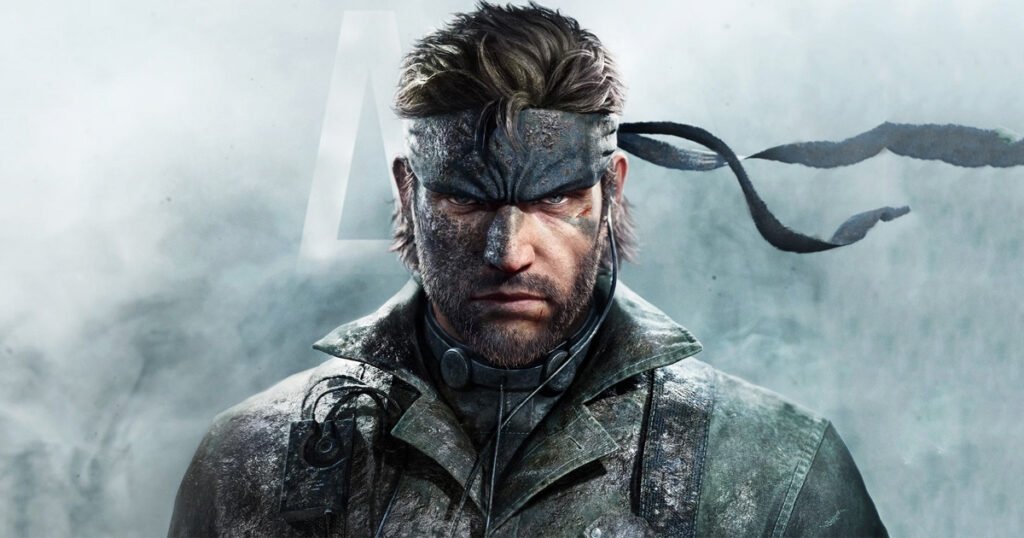Table of Contents
Metal Gear Solid Delta: Snake Eater on PS5 Pro
Few franchises in gaming history evoke nostalgia quite like Metal Gear Solid. Its blend of cinematic ambition, audacious design, and unforgettable characters has etched itself into gaming culture. And among the series’ finest entries, Metal Gear Solid 3: Snake Eater holds an almost mythical status. It was the Cold War stealth epic that defined an era, remembered as much for its operatic storytelling as for its experimental survival mechanics.
With Metal Gear Solid Delta: Snake Eater, Konami and Virtuos Studios aren’t interested in tearing down that legacy. Instead, they are rebuilding it with a reverence bordering on obsession. This is not a radical reinterpretation. It is, for better and occasionally for worse, a meticulous recreation of a classic — one that leans on nostalgia while ensuring it feels at home in 2025.
The question then is straightforward: Does this remake deliver the same awe and tension we remember from twenty years ago? The answer, for the most part, is a resounding yes.
A Cinematic Jungle Brought to Life
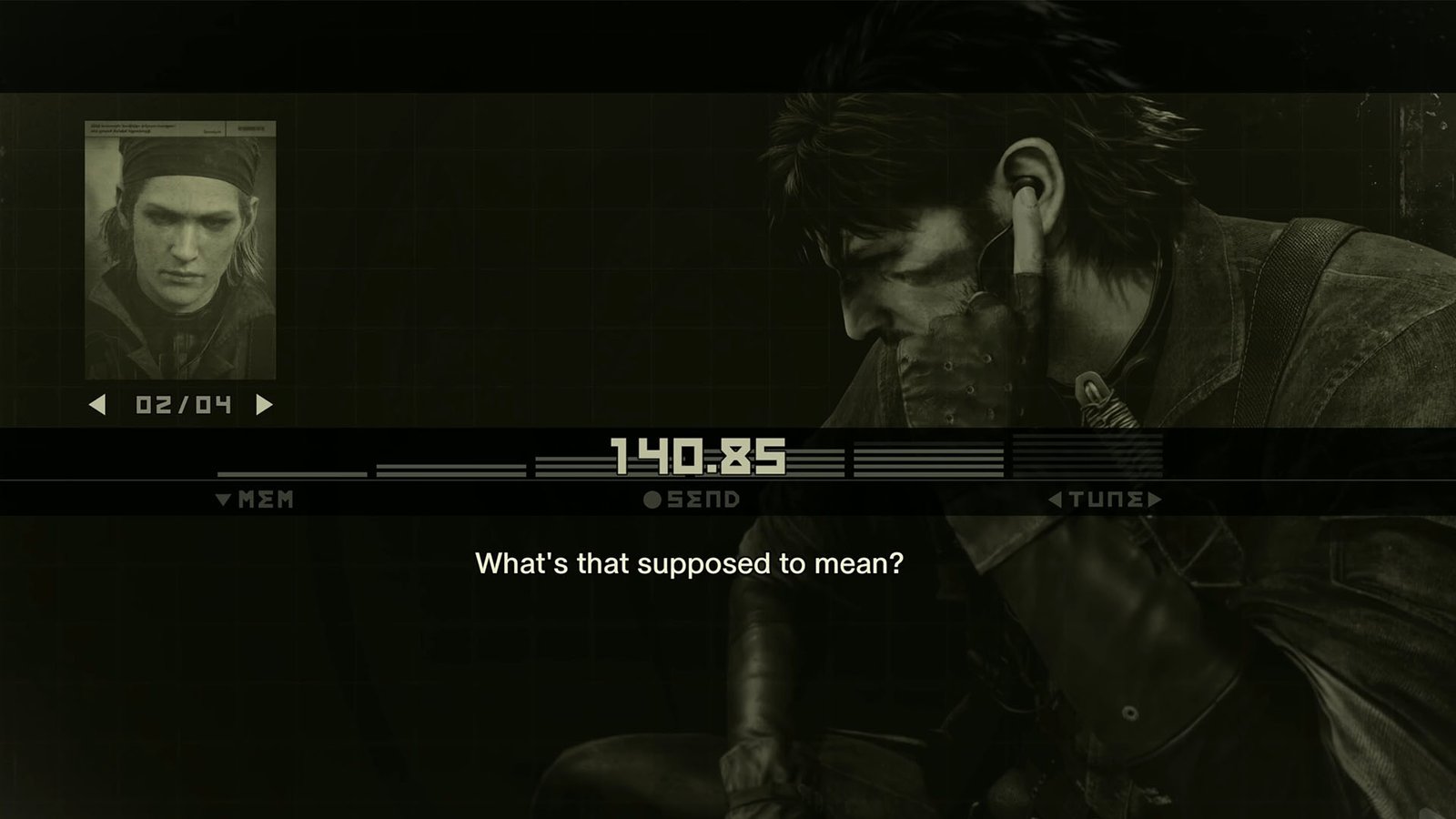
From the very first moments — Snake’s HALO jump into the lush jungle — the sense of déjà vu is overwhelming. Yet the remake’s presentation ensures those memories are not simply repeated, but reframed. Powered by Unreal Engine 5, Metal Gear Solid Delta: Snake Eater transforms the environments into living, breathing spaces. Leaves shift in the wind, pools of light cut through dense foliage, and mud clings to Snake’s fatigues as he crawls.
This is nostalgia in ultra-high definition. The jungle no longer feels like a series of segmented backdrops stitched together by loading screens. Instead, it is a reactive playground, brimming with detail and atmosphere. Every rustle of grass, every chirp of birdsong, heightens the paranoia of sneaking past guards. The fidelity is remarkable, not because it overwhelms, but because it deepens the immersion that the original only hinted at.
Equally important is the soundscape. The iconic Snake Eater theme still soars with Bond-like bravado, while ambient effects create tension in silence. Voice acting returns intact, another nod to nostalgia that preserves the cadence and character of each line. This decision grounds Metal Gear Solid Delta: Snake Eater in familiarity, though it also means players shouldn’t expect reimagined performances.
Stealth and Survival – Old Roots, Modern Branches
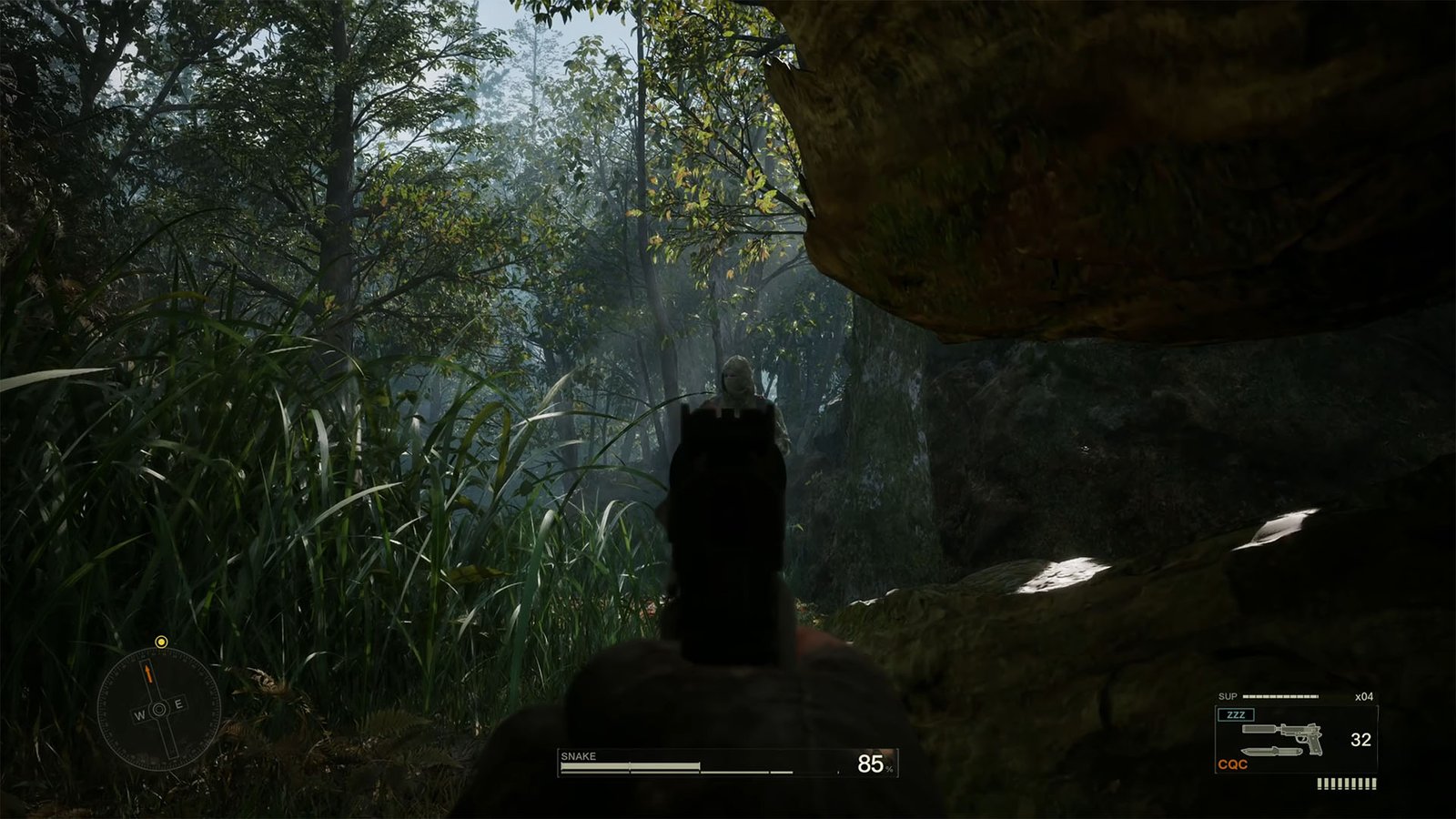
Mechanically, Metal Gear Solid Delta: Snake Eater remains loyal to the stealth and survival DNA of the original. CQC takedowns are more fluid, controls are more responsive, and transitions between crouching, crawling, and combat feel refined. Yet the core is unmistakably Snake Eater: camouflage blending, stamina management, and improvised healing.
The developers have introduced quality-of-life improvements that smooth the experience without diluting its spirit. Camo can now be quick-swapped via the D-pad, radio conversations are faster to access, and inventory management is less intrusive. These changes feel invisible in the best way, streamlining friction points that were once hallmarks of early 2000s design.
For purists, a Legacy control mode retains the feel of the original, complete with its idiosyncrasies. For everyone else, New Style controls modernise the layout, bringing it closer to today’s third-person standards. It’s a respectful compromise that acknowledges nostalgia while embracing accessibility.
The thrill of stealth remains intact in Metal Gear Solid Delta: Snake Eater. Whether it’s belly-crawling beneath roots as patrols pass overhead or lining up a tranquiliser shot at just the right moment, the tension is timeless. Nostalgia ensures you remember how the game once felt; the remake ensures it plays how you always wished it did.
Faithfulness and Reverence – A Double-Edged Sword

Perhaps the defining quality of Metal Gear Solid Delta: Snake Eater is its sheer faithfulness. The story, characters, and cinematic beats are almost entirely preserved. From Ocelot’s smug theatrics to The Boss’ philosophical gravitas, these moments still resonate. For long-time fans, there is joy in recognising scenes shot-for-shot, dialogue delivered exactly as remembered.
But here lies the paradox. Nostalgia is both the remake’s greatest strength and its quiet limitation. By preserving so much of the original’s DNA, it inherits design quirks that feel dated in 2025: segmented levels, abrupt transitions, and occasionally stiff AI. For new players, these quirks may stand out; for veterans, they serve as reminders of where the medium once stood.
The developers rarely take liberties, avoiding bold reinterpretations that might alienate fans. Depending on your perspective, this restraint is either admirable respect or a missed opportunity. Still, in a landscape where remakes often stray too far, Metal Gear Solid Delta: Snake Eater feels refreshingly grounded.
Defining a Generation
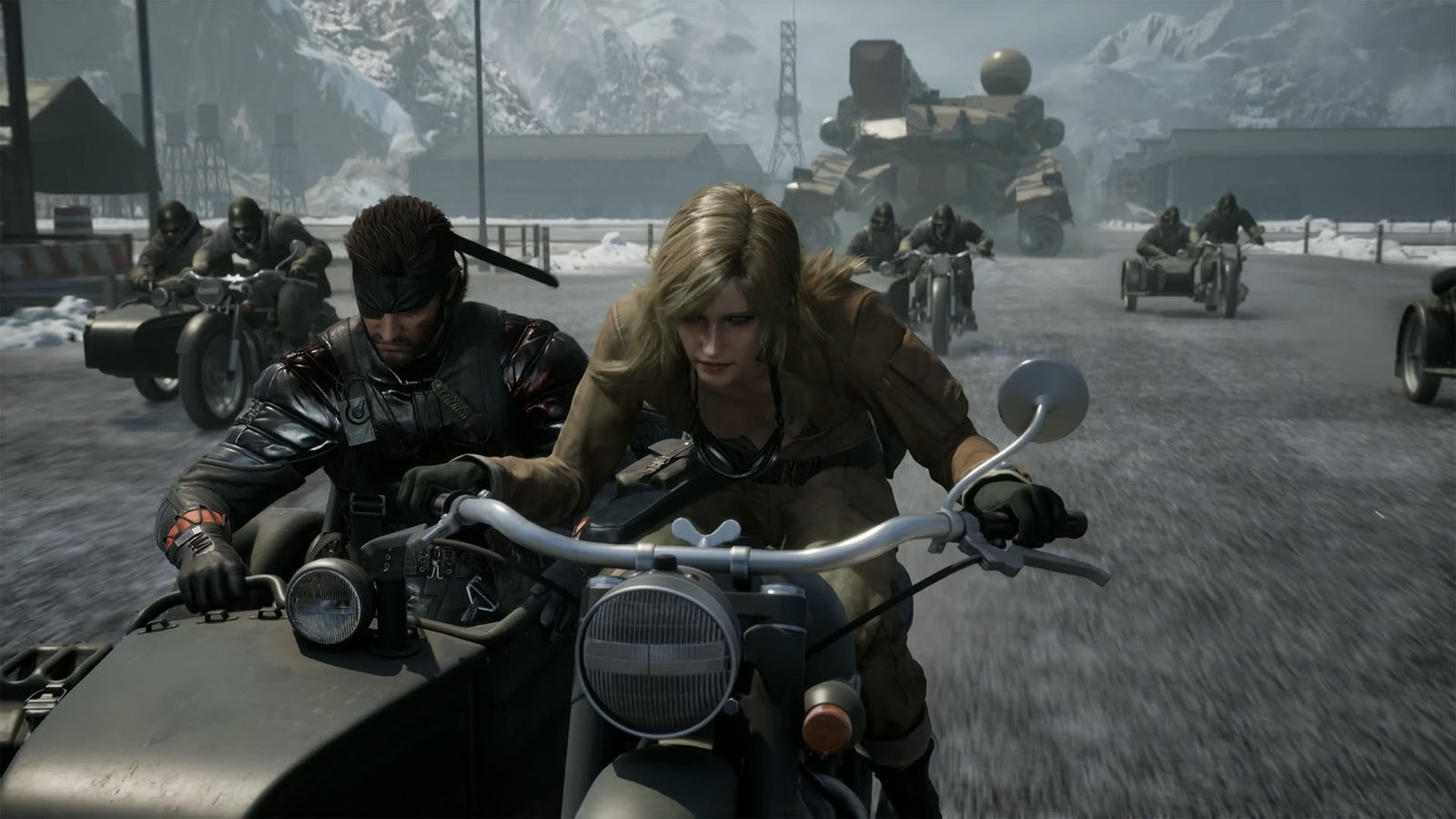
At its core, nostalgia is about memory — and few gaming stories linger in memory like Snake Eater. The Cold War backdrop, the clash of ideology between mentor and protégé, and the operatic twists remain captivating.
Seeing these moments replayed with modern fidelity amplifies their emotional impact. Snake’s journey from rookie operative to hardened soldier of legend feels even more intimate. The Boss’ final duel, framed against a field of white blossoms, remains one of the most iconic finales in gaming, now rendered with heartbreaking clarity.
For veterans, it’s a return to a story that shaped how we thought of video game narratives. For newcomers, it’s a chance to witness why Metal Gear became synonymous with cinematic storytelling.
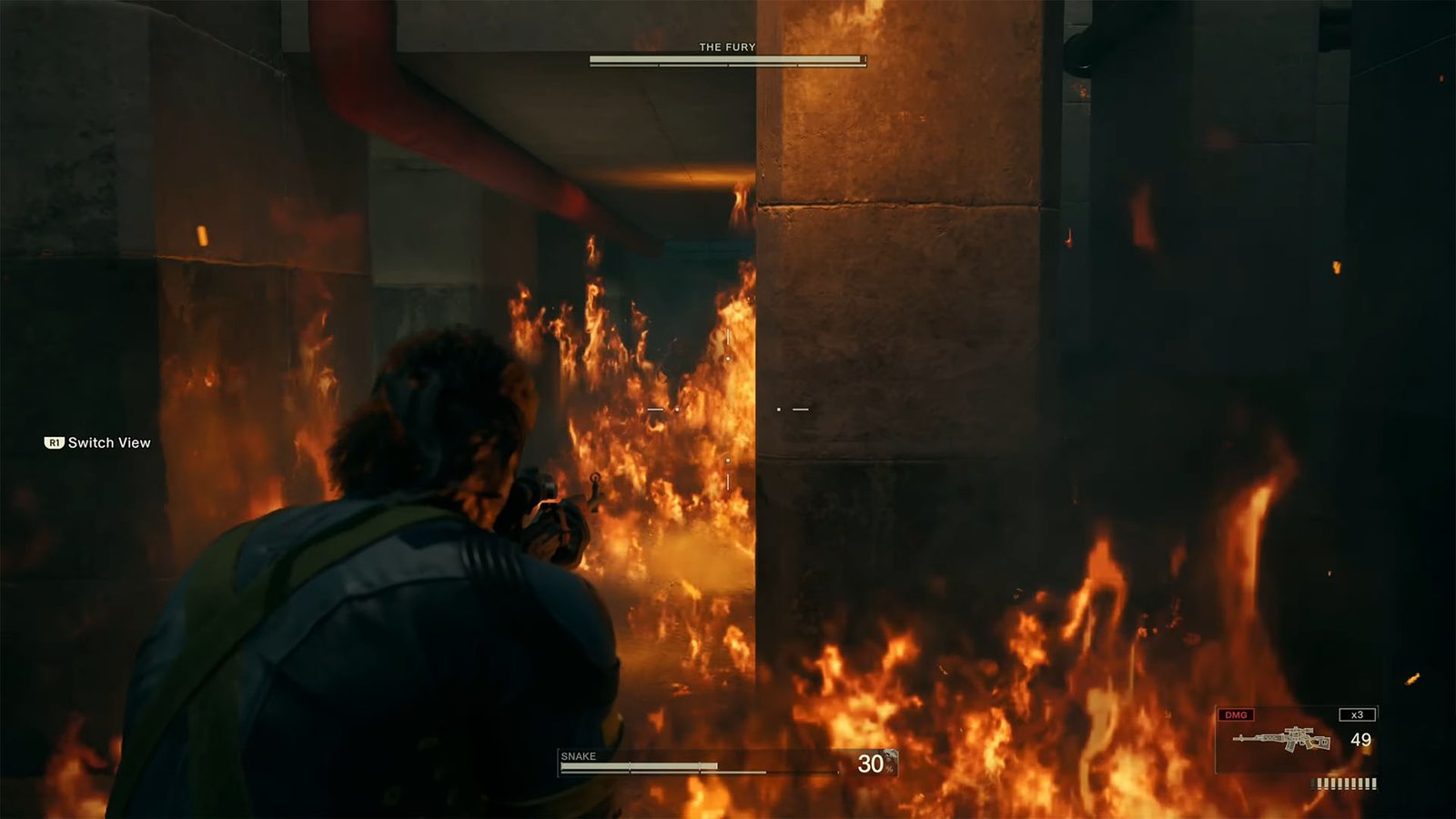
Even viewed through rose-tinted nostalgia, Metal Gear Solid Delta: Snake Eater isn’t flawless. The game’s adherence to its original design means some limitations feel anachronistic. Enemy AI, while serviceable, can occasionally behave rigidly. Level partitions, though masked by modern visuals, remind you of an older structure.
Bugs and minor technical hiccups exist, but none are catastrophic. What they do is remind us that even nostalgia can be imperfect, and that there is something to behold in the face of flaws.
Nostalgia Perfected, If Not Reinvented
Metal Gear Solid Delta: Snake Eater is not a reinvention. It doesn’t attempt to reframe Snake’s origin story or disrupt what fans hold sacred. Instead, it is a restoration: a careful, reverent recreation that brings one of gaming’s most iconic tales into the modern age with polish and fidelity.
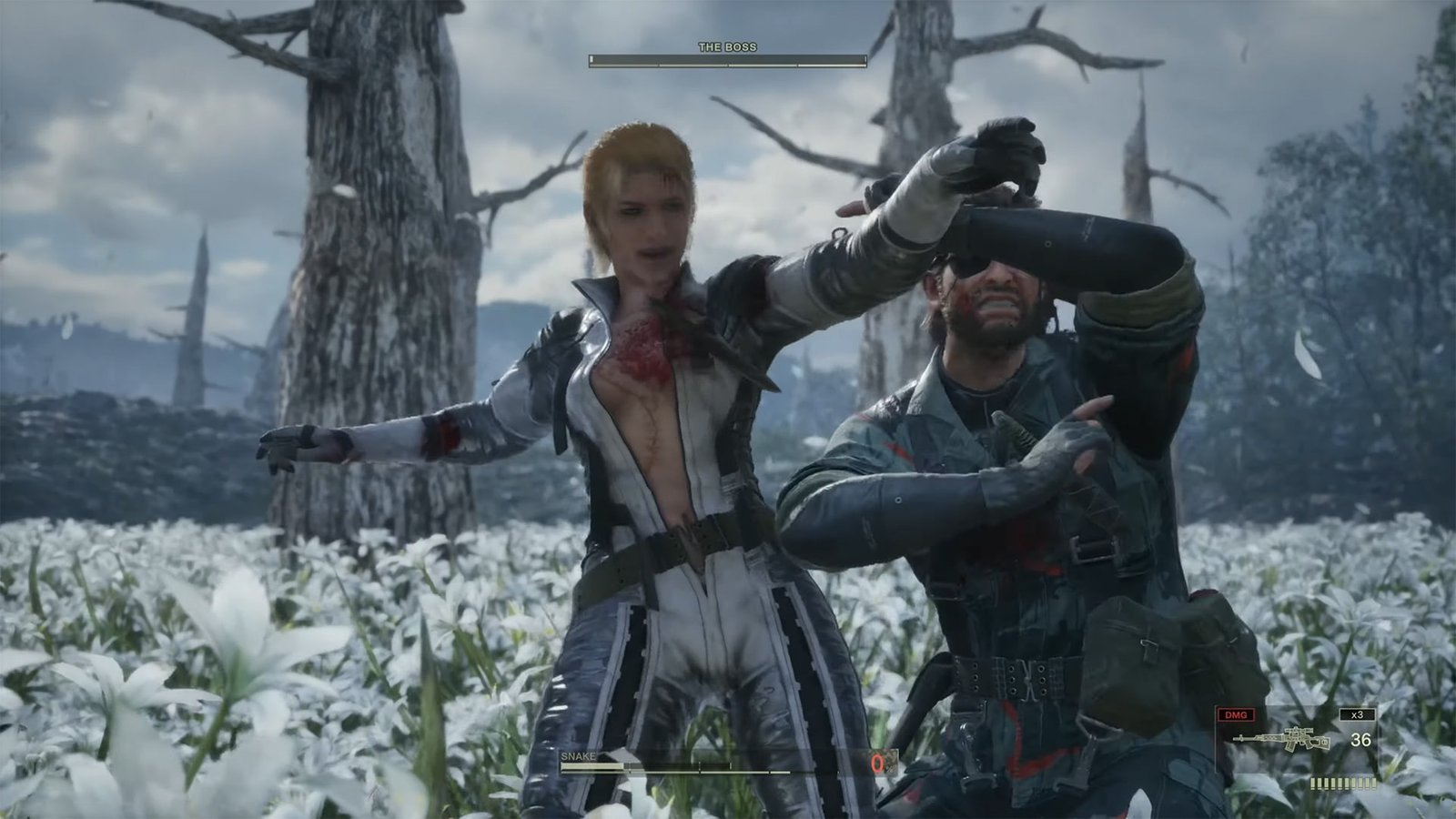
For those who played Snake Eater in 2004, this remake will feel like leafing through a cherished photo album, only to find the colours brighter, the details sharper, the emotions undimmed. For newcomers, it offers an entry point into one of the medium’s defining sagas, accessible without the friction of ageing mechanics.
Nostalgia may be the anchor, but it isn’t the only reason to play. This is simply a great game and now, perhaps, the definitive way to experience Snake Eater.
Metal Gear Solid Delta: Snake Eater is available now on PlayStation 5, Xbox Series X|S, and PC.
SavePoint Score
Summary
A reverent remake that balances nostalgia with modern polish — Metal Gear Solid Delta: Snake Eater is the definitive way to experience one of the series’ highest points in modern times.

